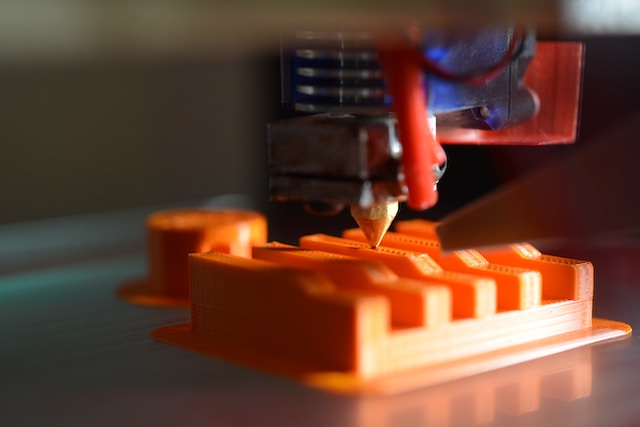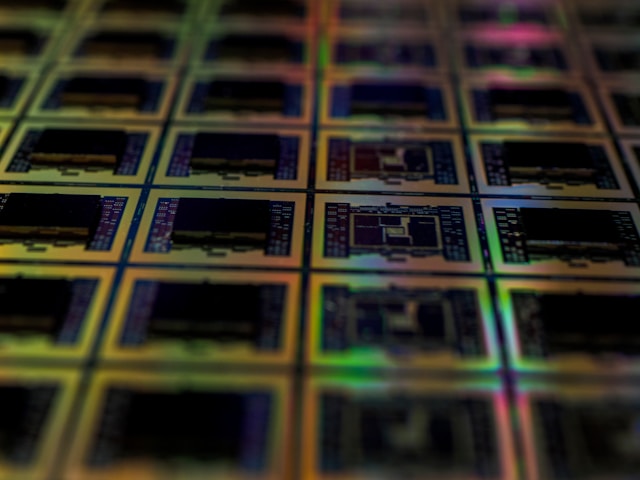Artificial Intelligence is revolutionizing virtually every industry, and the automotive sector is no exception. From autonomous driving to manufacturing processes and even engine design, AI is reshaping how vehicles are conceived, built, and operated. This transformation promises to deliver safer, more efficient, and increasingly personalized transportation solutions for consumers worldwide.
Manufacturing and Production
AI is fundamentally changing automotive manufacturing through advanced robotics and predictive maintenance. Smart factories equipped with AI-powered systems can detect potential equipment failures before they occur, reducing downtime and maintaining consistent production quality. Machine learning algorithms analyze vast amounts of sensor data to optimize production lines, leading to higher efficiency and reduced waste.
Computer vision systems inspect components with unprecedented accuracy, identifying defects that might be missed by human inspectors. These systems can examine thousands of parts per minute, ensuring higher quality control standards while reducing labor costs. Additionally, AI-powered inventory management systems help manufacturers maintain optimal stock levels and streamline their supply chains.
Autonomous Driving Technology
Perhaps the most visible impact of AI in the automotive industry is the development of autonomous vehicles. Advanced driver assistance systems (ADAS) are becoming increasingly sophisticated, utilizing deep learning algorithms to interpret complex road conditions and make split-second decisions. These systems process data from multiple sensors, including cameras, lidar, and radar, to create a comprehensive understanding of the vehicle’s environment.
Level 2 and 3 autonomous features, such as adaptive cruise control and lane-keeping assistance, are already common in modern vehicles. As AI technology continues to advance, we’re moving closer to Level 4 and 5 autonomy, where vehicles can operate with minimal or no human intervention. This progression could dramatically reduce accidents caused by human error and transform urban mobility.
Revolutionary Engine Design
“AI is making significant contributions to engine design and optimization. Machine learning algorithms can simulate thousands of different engine configurations and operating conditions, helping engineers identify optimal designs more quickly and efficiently than traditional methods.”, says a rep from Maxiforce Australia. These AI-powered simulations consider multiple variables simultaneously, including fuel efficiency, performance, emissions, and manufacturing costs.
Neural networks are being employed to develop new combustion strategies that maximize efficiency while minimizing emissions. AI systems can analyze data from engine sensors in real-time, adjusting parameters to optimize performance under varying conditions. This has led to the development of “intelligent” engines that can adapt their operation based on driving conditions, weather, and even driver behavior.
In the electric vehicle sector, AI is helping engineers design more efficient motors and battery systems. Machine learning algorithms optimize power electronics and thermal management systems, leading to increased range and faster charging capabilities. AI-driven battery management systems can predict and prevent potential failures while extending battery life through optimized charging cycles.
Personalized User Experience
AI is transforming the way drivers interact with their vehicles. Advanced natural language processing enables more sophisticated voice command systems, allowing drivers to control various vehicle functions without taking their hands off the wheel. AI-powered infotainment systems learn from user preferences and habits, automatically adjusting settings like climate control, music selection, and navigation routes.
Predictive maintenance systems use machine learning to monitor vehicle health and alert owners to potential issues before they become serious problems. These systems analyze data from numerous sensors throughout the vehicle, learning to recognize patterns that might indicate developing mechanical issues.
Safety and Security
AI-powered safety systems are becoming increasingly sophisticated, using computer vision and sensor fusion to detect potential hazards before they become immediate threats. These systems can identify pedestrians, cyclists, and other vehicles, predict their movements and take preventive action when necessary. Emergency braking systems, collision avoidance, and adaptive lighting are all being enhanced through AI technology.
Cybersecurity is another area where AI is making significant contributions. As vehicles become more connected, they also become more vulnerable to cyber-attacks. AI systems can monitor network traffic and detect potential security threats in real-time, protecting both vehicle systems and user data.
Future Implications
The integration of AI in the automotive industry will continue to accelerate, leading to vehicles that are safer, more efficient, and increasingly personalized. However, this transformation also raises important questions about privacy, security, and the changing nature of vehicle ownership. As vehicles become more autonomous and connected, the traditional relationship between drivers and their cars will evolve.
The automotive workforce will need to adapt to these changes, with increasing emphasis on skills related to AI, data analysis, and software development. Traditional automotive engineering roles will blend with computer science and robotics, creating new career opportunities in the industry.
Looking ahead, AI will likely enable new business models in the automotive sector, such as autonomous ride-sharing services and predictive maintenance networks. These developments could fundamentally change how people think about transportation and vehicle ownership, potentially leading to more sustainable and efficient mobility solutions for future generations.







